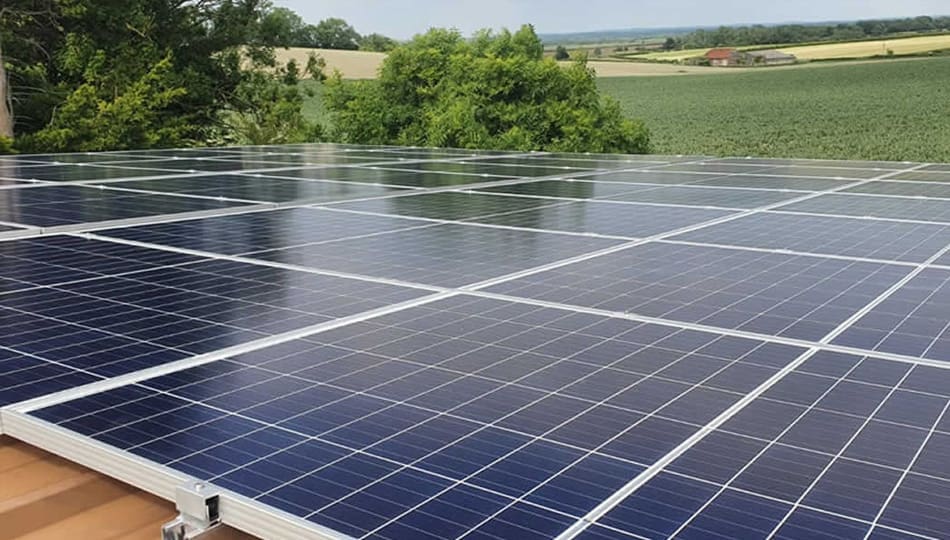
In the UK’s rapidly growing renewable energy sector, commercial solar systems have become an increasingly popular choice for businesses looking to reduce their carbon footprint and lower energy costs. However, to ensure these systems operate at peak efficiency and deliver the promised returns on investment, regular maintenance and monitoring are essential. This blog explores the critical role that maintenance and monitoring play in the longevity and performance of commercial solar systems.
Commercial solar systems are significant investments, and like any other asset, they require regular upkeep to perform optimally. Proper maintenance and monitoring ensure that the solar panels and associated equipment function efficiently, maximizing energy production and financial savings.
Preventative maintenance involves regular inspections and minor adjustments to keep the system running smoothly. This can include cleaning the solar panels to remove dirt, dust, and debris that can block sunlight and reduce efficiency. It also involves checking for any physical damage to the panels, inverters, and mounting systems, as well as ensuring that electrical connections are secure.
One of the primary benefits of regular maintenance and monitoring is the early detection of potential issues. By identifying and addressing problems early, businesses can avoid costly repairs and downtime.
Modern commercial solar systems often come with advanced monitoring tools that provide real-time data on system performance. These systems can alert operators to anomalies such as drops in energy production, which may indicate issues like shading, dirt accumulation, or equipment failure.
Regular maintenance not only ensures optimal performance but also extends the lifespan of the solar system. Solar panels are typically designed to last 25-30 years, but their longevity can be significantly affected by environmental factors and the level of care they receive.
Different components of a solar system have varying lifespans. Inverters, for instance, generally need to be replaced every 10-15 years. Regular maintenance can help ensure that all components reach their maximum potential lifespan.
Safety is a paramount concern with any electrical system, and solar installations are no exception. Regular maintenance and monitoring help mitigate risks such as electrical faults, fire hazards, and structural failures.
Investing in regular maintenance and monitoring pays off in the long run by ensuring the system operates efficiently and preventing costly repairs. Additionally, well-maintained systems are more likely to meet or exceed their projected energy production, maximizing the return on investment.
For UK businesses investing in commercial solar systems, regular maintenance and monitoring are not just optional but essential. These practices ensure that solar installations operate at peak efficiency, deliver the expected financial returns, and contribute to a sustainable future. By partnering with a reputable renewable energy company, businesses can ensure their solar systems receive the care they need to provide reliable, long-term performance.
At OHM Energy, we offer comprehensive maintenance and monitoring services to help businesses maximize their investment in solar energy. Contact us today to learn more about how we can support your renewable energy needs and keep your solar system performing at its best.
Subscribe to the OHM newsletter for exclusive energy incentives and offers.